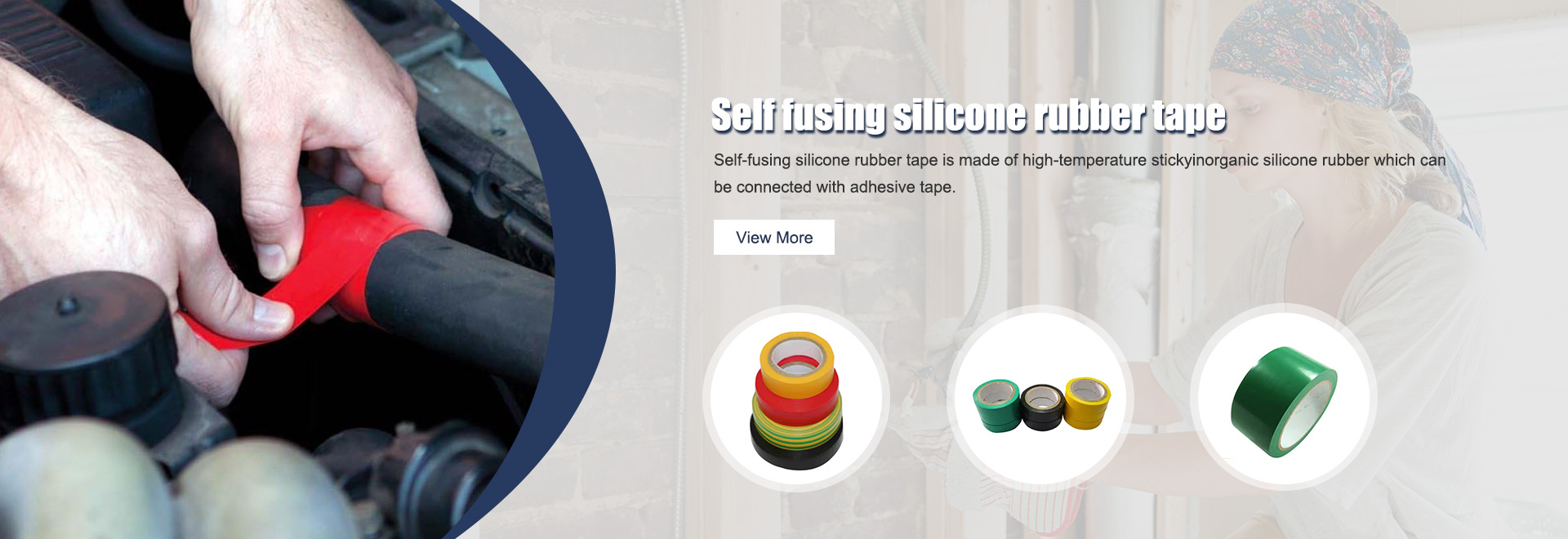Understanding Sealer Strips Their Importance and Applications
Sealer strips, often overlooked in construction and manufacturing discussions, play a crucial role in ensuring the longevity and functionality of various products. These strips are used to seal joints, gaps, and openings in a plethora of applications, providing protection against moisture, dust, pests, and environmental factors. In this article, we will explore the significance of sealer strips, their types, and their applications across industries.
What is a Sealer Strip?
A sealer strip is a flexible or rigid material, usually made from rubber, foam, or silicone, designed to fit into seams and gaps to create a barrier. This barrier not only prevents the ingress of unwanted substances but also improves energy efficiency by maintaining temperature control within structures. Sealer strips can be found in a variety of products, from windows and doors to automotive components and packaging materials.
Types of Sealer Strips
Sealer strips come in various forms, each tailored to specific applications. Here are some common types
1. Compression Seals These strips are designed to compress when a surface is closed, creating an airtight seal. They are often used in doors, windows, and appliances.
2. Adhesive Seals These strips come with a sticky backing that allows them to be easily applied to surfaces. They are common in window seals and automotive weatherstripping.
3. Foam Seals Made from a soft foam material, these seals provide excellent insulation and are resistant to weathering, making them ideal for use in exterior applications.
sealer strip

5. Magnetic Seals Found in refrigerator doors and other closures, these strips utilize magnetism to create a secure seal, maintaining the integrity of the enclosed space.
Applications of Sealer Strips
Sealer strips have a wide range of applications across various industries
- Construction In the construction industry, sealer strips are essential for ensuring energy efficiency and preventing water damage. They are commonly used in windows, doors, and roofs, effectively sealing out air and moisture.
- Automotive In the automotive sector, sealer strips are used around doors, windshields, and sunroofs to prevent water leaks and noise intrusion. They also play a role in reducing vibrations and enhancing comfort for passengers.
- Electronics In electronic devices, sealing strips are crucial for protecting sensitive components from dust, moisture, and electromagnetic interference. This is particularly important in devices used in harsh environments.
- Packaging Sealer strips are widely utilized in packaging to provide tamper-evidence and ensure freshness. They help in creating airtight seals for food products and pharmaceuticals, extending shelf life.
- HVAC Systems In heating, ventilation, and air conditioning systems, sealer strips are used to prevent airflow leaks, ensuring that systems operate efficiently and maintain desired temperatures.
Conclusion
Sealer strips may seem like small components, but their impact is significant in various applications. They enhance the performance and reliability of products, contributing to energy efficiency, safety, and comfort. As industries continue to evolve, the importance of high-quality sealer strips will only grow. By understanding their different types and applications, manufacturers and consumers alike can make informed choices that lead to improved products and sustainable practices. Whether in construction, automotive, or electronics, sealer strips are a testament to the engineering ingenuity that drives modern-day innovation.
-
XIANGFAN Rubber Tape-Ultimate Solutions for All Your Insulation NeedsNewsJun.24,2025
-
XIANGFAN Rubber Tape-Protection for Industrial and Residential ApplicationsNewsJun.24,2025
-
XIANGFAN Rubber Tape: Superior Safety and Sealing for Demanding EnvironmentsNewsJun.24,2025
-
XIANGFAN Rubber Tape: Reliable Solutions for Every Electrical ChallengeNewsJun.24,2025
-
XIANGFAN Electrical & Industrial Tape: Powering Reliability Across IndustriesNewsJun.24,2025
-
XIANGFAN Electrical & Industrial Tape: Excellence in Every ApplicationNewsJun.24,2025
